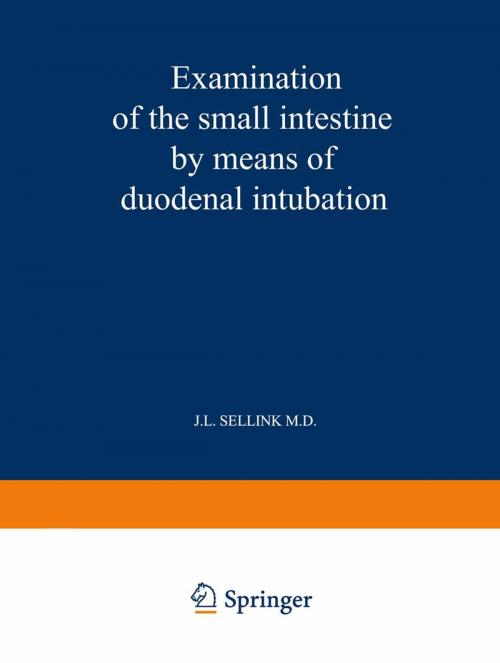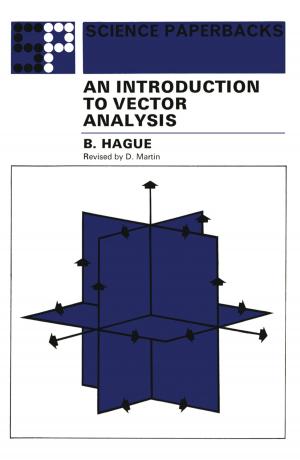Examination of the Small Intestine by Means of Duodenal Intubation
Nonfiction, Health & Well Being, Medical, Specialties, Internal Medicine, Gastroenterology| Author: | J. L. Sellink | ISBN: | 9789401571852 |
| Publisher: | Springer Netherlands | Publication: | December 6, 2012 |
| Imprint: | Springer | Language: | English |
| Author: | J. L. Sellink |
| ISBN: | 9789401571852 |
| Publisher: | Springer Netherlands |
| Publication: | December 6, 2012 |
| Imprint: | Springer |
| Language: | English |
Our knowledge of the diseases of the small intestine has increased greatly since the second world war. The advances made in the auxiliary sciences, in particular biochemistry and histology, are mainly responsible and have led to their increased importance in this field. It is unfortunate that although radiology also contributed new understanding, it has not been able to match the progress of the other sciences. In spite of the advancements made in, for instance, vascular examination, radiology has experienced a relative decrease in its importance to the differential diagnosis of the diseases of the small intestine. The main reason for this is that radiology can only offer an extremely modest contribution to the differentiation between the many diseases with the malabsorption syndrome. In a number of cases, radiological differential diagnosis is in principle not possible because there are only histological and biochemical abnormalities of the mucous membrane of the small intestine without macroscopic abnormalities. There remain however many diseases with malabsorption for which a morphological examination can be highly valuable. This applies for: 1. diseases with gross anatomical abnormalities: anastomoses, fistulae, blind loops; strictures, adhesions; diverticula. 2. diseases with local, usually rather gross mucosal abnormalities: leukemia, Hodgkin's disease, lymphosarcoma; intra-mural bleeding; local edema due to venous congestion (e. g. thrombosis) or lymphatic obstruction (irradiation treatment). 3. diseases with more general mucosal abnormalities: edema due to: lymphangiectasis, allergic reactions, protein-losing enteropathy; amyloidosis, Whipple's disease, scleroderma.
Our knowledge of the diseases of the small intestine has increased greatly since the second world war. The advances made in the auxiliary sciences, in particular biochemistry and histology, are mainly responsible and have led to their increased importance in this field. It is unfortunate that although radiology also contributed new understanding, it has not been able to match the progress of the other sciences. In spite of the advancements made in, for instance, vascular examination, radiology has experienced a relative decrease in its importance to the differential diagnosis of the diseases of the small intestine. The main reason for this is that radiology can only offer an extremely modest contribution to the differentiation between the many diseases with the malabsorption syndrome. In a number of cases, radiological differential diagnosis is in principle not possible because there are only histological and biochemical abnormalities of the mucous membrane of the small intestine without macroscopic abnormalities. There remain however many diseases with malabsorption for which a morphological examination can be highly valuable. This applies for: 1. diseases with gross anatomical abnormalities: anastomoses, fistulae, blind loops; strictures, adhesions; diverticula. 2. diseases with local, usually rather gross mucosal abnormalities: leukemia, Hodgkin's disease, lymphosarcoma; intra-mural bleeding; local edema due to venous congestion (e. g. thrombosis) or lymphatic obstruction (irradiation treatment). 3. diseases with more general mucosal abnormalities: edema due to: lymphangiectasis, allergic reactions, protein-losing enteropathy; amyloidosis, Whipple's disease, scleroderma.















